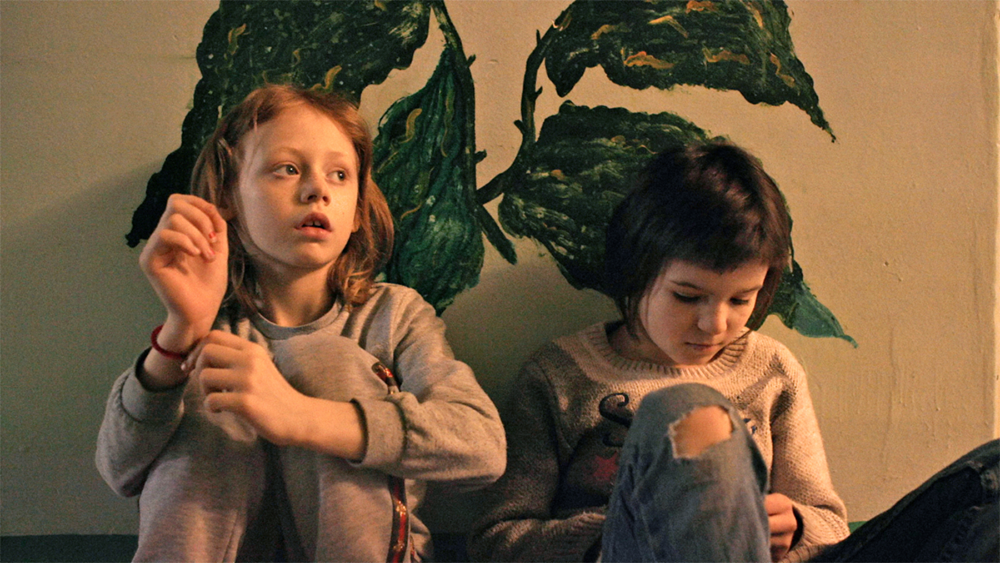
Last year, 144 documentary features were eligible for an Academy Award, but in reality, less than a third of those docs had a chance of making the 15-film shortlist. That, in part, is because garnering a spot on that competitive list requires not only a beautifully crafted film constructed by a talented director and crew, but also money.
In the past decade, platforms with deep pockets — Amazon, Apple TV+, Disney +, Netflix — began to spend on documentary award campaigns in ways that, prior to 2010, were unfathomable to the nonfiction film community. Before streamers came onto the scene, lobbying and marketing a doc during award season meant, if you were lucky, that a distributor took out a few “For Your Consideration” ads and hosted a handful of screenings.
Now, depending on who the distributor is, FYC ads are plentiful, and small screenings have been transformed into events at New York’s Crosby and Whitby hotels, costing tens of thousands of dollars. Further adding to campaign costs are billboards meant to woo Los Angeles Academy voters; e-blasts from prestigious nonfiction organizations including DOC NYC and the IDA (one blast from either org costs between $4,500 and $5,500); and employing top Oscar consultants to, hopefully, elevate a film’s chances. (Not only do publicity consultants receive tens of thousands for their awards-whispering efforts, but they also collect bonuses if films make Oscar shortlists, score nominations and go on to win the gold.)
But perhaps the most spent is on shipping doc directors and their respective studio publicists all over the world to hobnob with as many voters as possible. Sources who wished to remain anonymous say that the cost for such elaborate campaigns is in the low seven figures.
“If you are a guy with a tin cup and a documentary, you are really working hard because you don’t have the cash,” says Sony Pictures Classics co-president Tom Bernard. “You’re up against a place like Discovery, which buys [a doc] for somewhere between $5 [million] and $7 million and all of a sudden, they are doing everything that could possibly be done for somebody who’s going for best picture. So you’re at an incredible disadvantage. And then, you look at the other streamers and they put together a package where they travel people around the world so people can do these rehearsed presentations for their films. The whole table is tilted towards the people with the money.”
Bernard would know. Over the years Sony Pictures Classics has taken home 37 Academy Awards, five of which were in the documentary feature category.
This year SPC qualified five docs, including “Hallelujah: Leonard Cohen, a Journey” and “The Return of Tanya Tucker — Featuring Brandi Carlile.”
In addition to a theatrical release, Bernard says that SPC spent $100,000 ($20,000 each) to make all five films available to the entire Academy on the Oscar screening room portal, as opposed to just making each doc available to the 651 members of the documentary branch. While only the doc branch votes on the shortlist, the hope was that by making each doc accessible to all Oscar voters it would lead to a commodity more precious than advertising: word of mouth.
In the end, only “Hallelujah” was shortlisted but was not nominated. Instead, three HBO Max films, “All That Breathes,” “All the Beauty and the Bloodshed” and “Navalny” garnered noms along with National Geographic’s “Fire of Love” and POV’s “A House Made of Splinters.” (Warner Bros. Discovery owns HBO Max while Disney owns Nat Geo. PBS is behind POV.)
For streaming services such as HBO Max and Disney+, it makes sense to mount a costly documentary awards campaign. Not only does awards recognition lead to more subscribers, Oscar hardware also helps attract more A-list filmmakers.
National Geographic Documentary Films has the means to spend big on its slate of films, and it has paid off. Nat Geo’s “Free Solo” won the 2019 Oscar for feature doc. In subsequent years, Nat Geo’s “The Cave” received a nomination, while its features “The Rescue,” “The First Wave,” “The Territory” and “Retrograde” made the Oscar doc shortlist. This year Nat Geo’s “Fire of Love” has been nominated for an Academy Award.
Carolyn Bernstein, National Geographic’s exec VP of global scripted content and documentary films, admits that “awareness drives viewing, which drives voting.” But she’s quick to add that exceptional storytelling and craft are what really dictates voting.
“At the end of the day, it is about storytelling,” Bernstein says. “It is about how a voter feels when he or she watches the film.”
Making sure that voters see excellent works with little marketing budgets is a struggle for Lois Vossen, executive producer of PBS’ Independent Lens.
“It’s almost impossible for small films to compete,” says Vossen. “I wouldn’t even use the word compete — to just be in the conversation — because it’s so much about spending and being in front of people and that visibility, whether it’s getting on the shortlist or getting the nomination or ultimately winning.”
Since the inception of Independent Lens in 1999, the PBS television distributor has received 10 Oscar nods for docs, including “Writing With Fire,” “Hale County This Morning, This Evening” and “I Am Not Your Negro.” In December, the Independent Lens doc “Hidden Letters” made the shortlist but did not get nominated.
Vossen says that Independent Lens has never four-walled a film, which in New York City costs approximately $17,000. Instead, either the doc finds a theatrical distributor or the filmmaker fundraises to cover the cost.
“We count on festival recognition and other filmmakers recognizing the quality of the work and truly wanting to honor one of their peers who they think has done an exceptional job,” says Vossen. “That may sound like what everybody wants, but that is what we really rely on because we just don’t have those resources to compete [financially].”
Despite the lack of funds, a PBS doc usually manages to sneak into the race. Last year it was “Writing With Fire,” and this year, it’s “A House Made of Splinters,” which PBS’s POV acquired last month, days before the film was nominated. (On Feb. 14, Giant Pictures announced the acquisition of U.S. theatrical and VOD rights to the doc.) After debuting at the Sundance Film Festival in 2022, “A House Made of Splinters” went on to screen at over 20 film festivals around the world. But director Simon Lereng Wilmont says that it has been difficult to find a U.S. audience.
“We don’t have any marketing budget, and we didn’t have an [American] distributor until (January and February 2023),” he says. A Denmark/Finland/Sweden/Ukrainian production, the film’s Oscar nom is a testament to the growing influence European doc branch members have over the category.
Bernard and Vossen agree that something needs to change when it comes to the Oscar doc feature. Bernard believes that the feature doc shortlist and the five nominees should be determined by Academy members who are not necessarily in the doc branch. He would like the category to operate like the international feature category, where Academy members from all branches are invited to participate in the shortlist and nomination voting.
“You’ve got this branch of 600-plus people that don’t have enough time to see all the movies, and then you’ve got these people who are spending a fortune to get people to vote for their docs,” says Bernard. “It’s become an out-of-control situation. The Academy needs to step up and open up the documentary viewing for (the shortlist and nominations) to all Academy members who are certainly qualified to judge a documentary film.”
Vossen is hoping that consolidation will eventually help even out the playing field.
“There will be some natural shift that will happen now because of the contraction happening at a lot of the platforms,” she says. “With the staff layoffs and shrinking budgets, I would think that they are also going to shrink their awards budgets.”













